Uncle Sam is chasing Pancho Villa into Mexico and saying, “”I’ve had about enough of this.”
1. Comparing the attacks
Pancho Villa was there in person at Columbus, leading 500 men into battle. But who was Pancho Villa? By reading about the events of the Mexican Revolution, which had been going on since 1910, Americans knew the names of some of the revolutionary leaders including Emiliano Zapata, Venustiano Carranza, and Pancho Villa. But control of the revolution was constantly shifting. At the time of the Columbus raid, Villa had lost several battles in the civil war that occurred within the revolution. But when the United States intervened, then-President Carranza supported Villa to the extend of asking the United States to withdraw. Mexico did not exactly attack the United States, but the government did not entirely repudiate the raid.
The responsibility for 9/11 was even murkier. We soon knew that Osama bin Laden was the mastermind – he announced it himself. But who were the eighteen men who hijacked the planes that did the damage? Many Americans thought back in 2002 that Iraqis were to blame, and many still hold that mistaken belief. But we now know than none of the hijackers were Iraqis: fourteen were from Saudi Arabia, and the others from Lebanon, Egypt, and the United Arab Emirates. Neither attack on the United States was orchestrated by a foreign state.
Statue of Pancho Villa at Grave Site in Chihuahua, Mexico
The response to 9/11 was even more politically charged since the attack was not launched from a foreign country and was not the work of the citizens of a particular country. While most of the terrorists were Saudis the United States did not blame Saudi Arabia for the attack or consider invading Saudi Arabia in retaliation. The country went to war first in Afghanistan because its Taliban government gave sanctuary to al Qaeda operatives including Osama bin Laden himself. The United States next invaded Iraq on the largely discredited argument that Iraq was a hotbed of al Qaeda activity and had large stockpiles of weapons of mass destruction.. The focus of retaliation came back to Osama bin Laden when on May 1, 2011, he was tracked down in Pakistan and killed by Navy seals.
The parallels between these two episodes are striking until we come to the historical aftermath of each. Pancho Villa has entered into the historical imagination of not only Mexicans, but also of many Americans as a kind of folk hero. While travelling in Mexico several years ago, gathering information about Pershing and Villa, I found many citizens who regard him as one of Mexico’s great land reformers and as a friend of the people. His statues are ubiquitous. Here is one in Chihuahua:
“Villa financed his army by stealing cattle herds in northern Mexico and selling them north of the border, where he found plenty of American businessmen willing to sell him guns and bullets. Villa became a sort of folk hero in the U.S. Even Hollywood filmmakers and U.S. newspaper photographers flocked to Northern Mexico to record his battles–many of which were staged for the cameras.”
By now I was waiting eager to see how this little history would “spin” Villa’s attack on Columbus, New Mexico. But that was all. The next subheading reads “Mariachi Music.”
So even among admirers of Pancho Villa, some have difficulty explaining his little invasion of the United States. What would folks say about Villa in Columbus itself, we might wonder? Here is the greatest surprise of all. In Columbus there is a state park telling the story of the raid. One might expect it to be called, “Gen. Pershing State Park” or even “The Punitive Expedition State Park.” But no – and Pancho must be smiling his big smile about this – it is Pancho Villa State Park!
There is a lot more to be said about this, about the strange ways we do or do not celebrate past events, but I will leave those ruminations to future AmericanRealities blog posts. In the mean time, if you anticipate a Pancho Villa State Park in Manhattan during our lifetimes or in generations to come, I have a bridge I'll sell you!
(You know you want to!)
This current post is one of a growing number of historically-themed entries on americanrealities.com. To see a list of other posts, click here.
If you enjoyed this post on 9/11 and Columbus, you may want to read these posts on military history:
-- Indian Pow Wows in Spokane: Past and Present (2) - The Nez Perce War
-- “Come on, you sons of bitches, do you want to live forever?!” (Battle of Bois Belleau, World War I)
-- Memories of the Lafayette Escadrille at the American Cathedral in Paris
-- Hiroshima, 68 Years Later
-- Uncle William Wheeler at Gettysburg

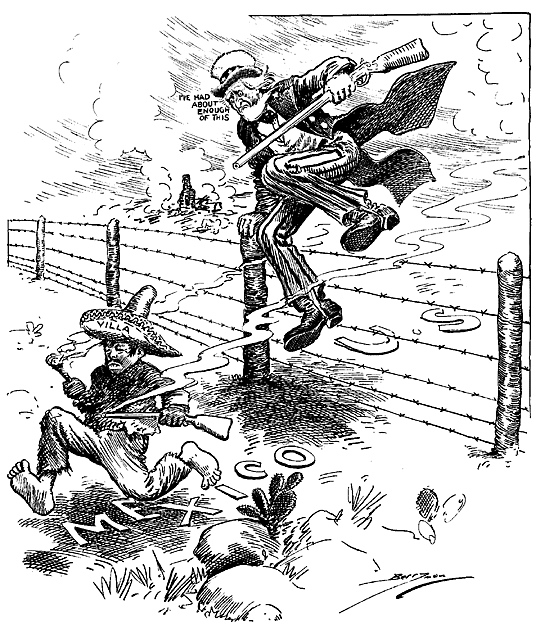
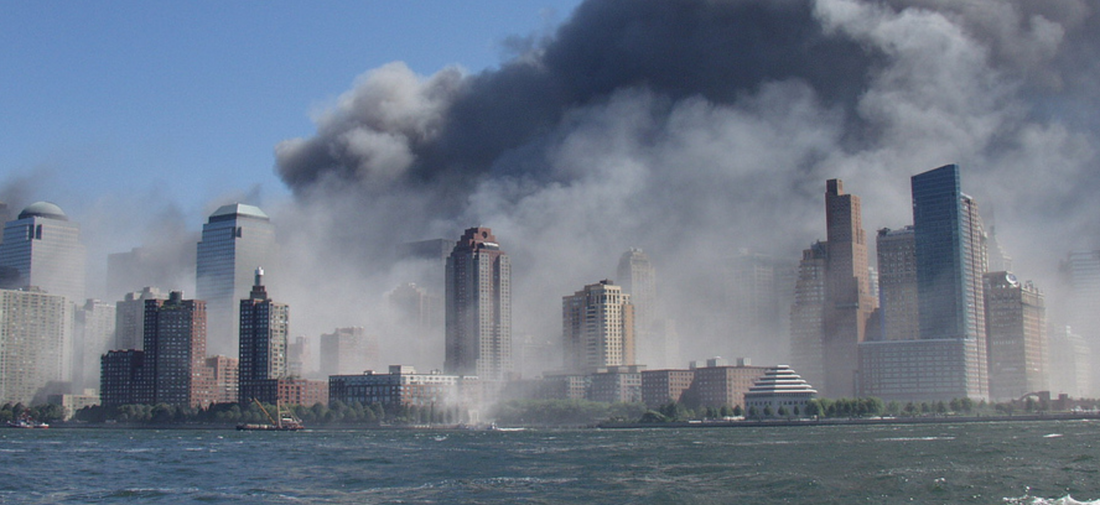
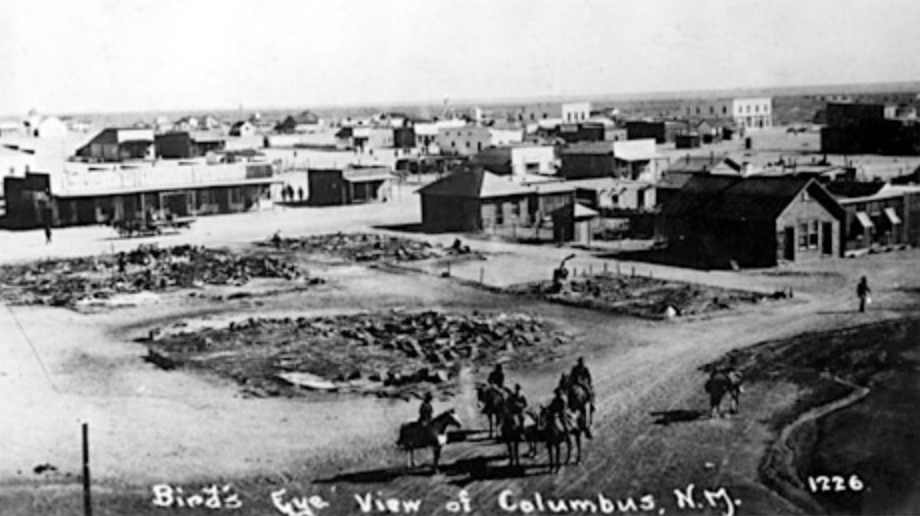
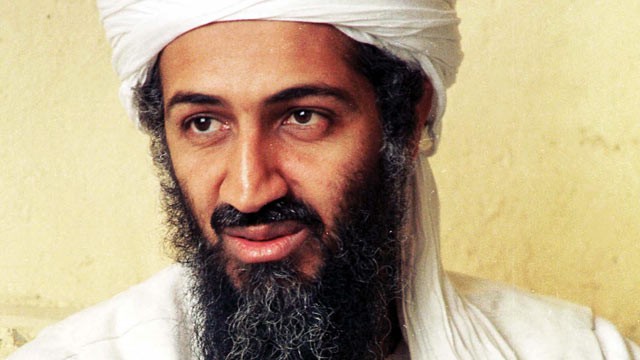
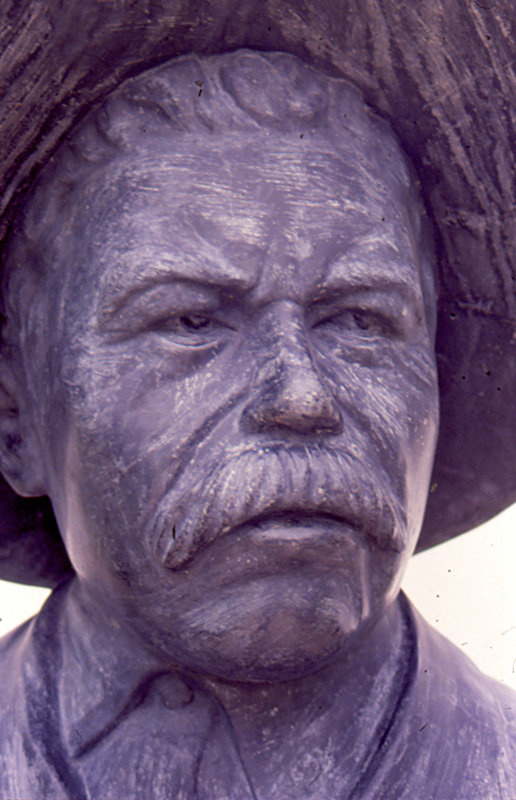
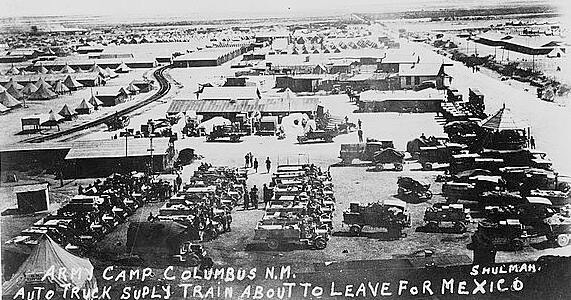
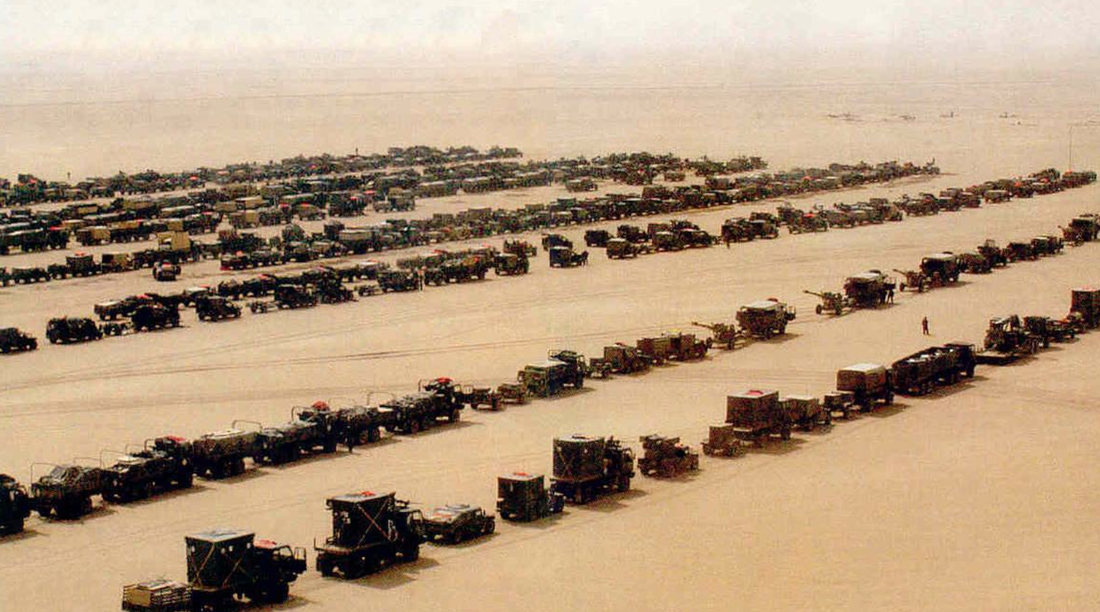
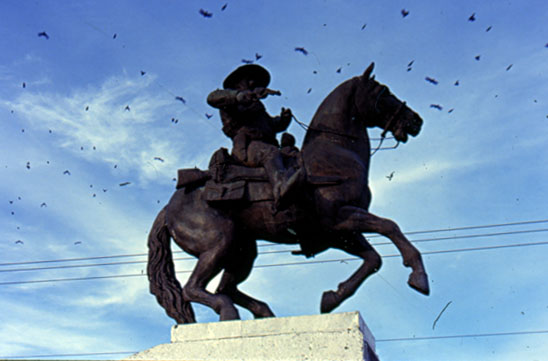
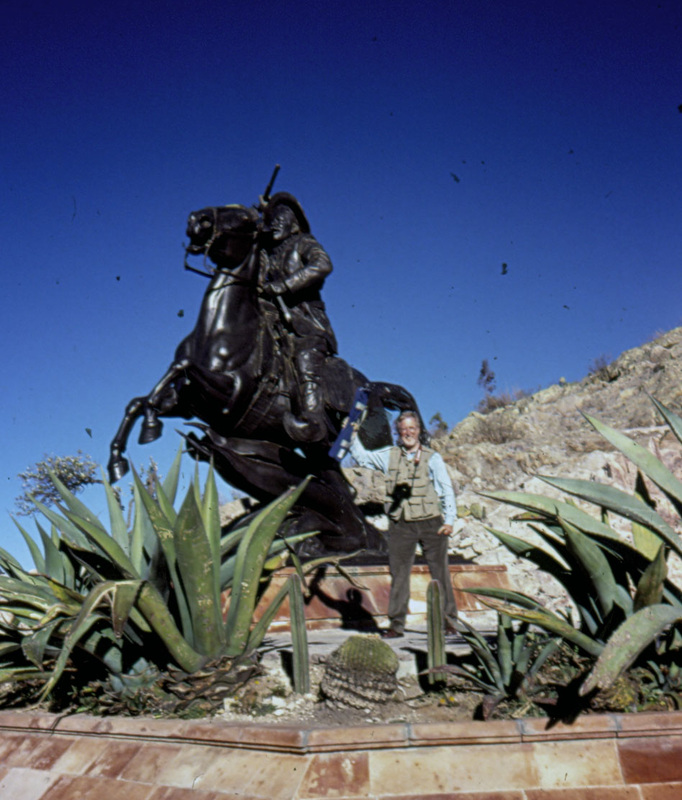
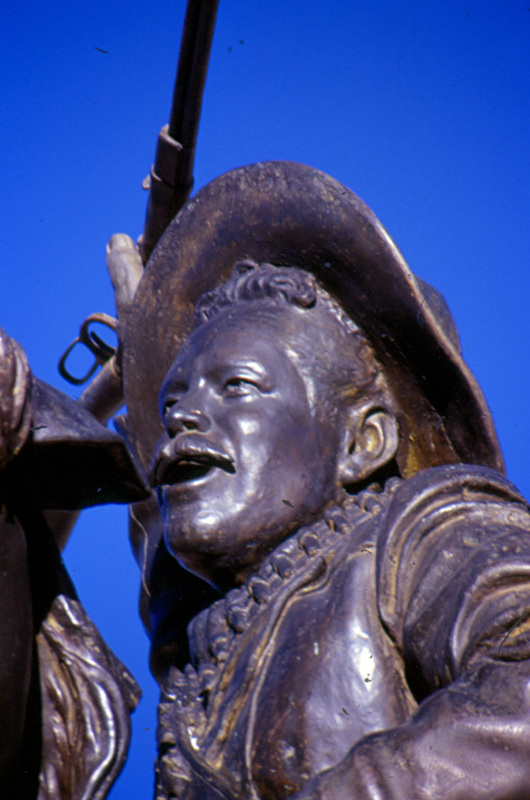
 RSS Feed
RSS Feed